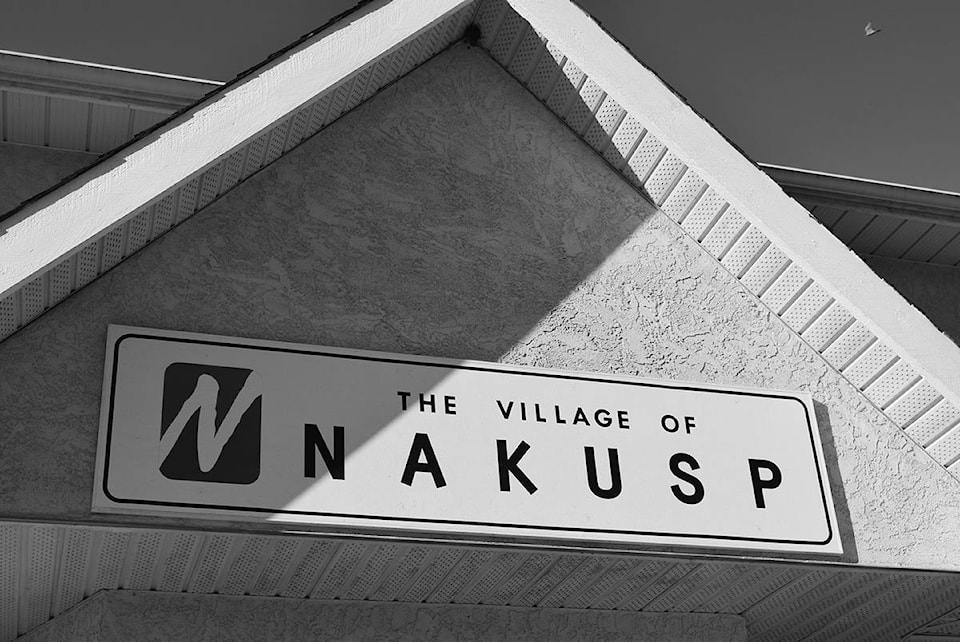A 71-page document now on the Village of Nakusp website, entitled Preliminary State of Infrastructure Reports, provides residents with a compilation of graphs and tables, numbers and bar charts and plenty of large dollar figures.
“It is scary to first see a state of infrastructure report,” village administrator Laurie Taylor said. “We’re not the only municipality facing this issue. I think by the province and the feds requiring us to [complete these reports] will make sure that when we are applying for grants, it will be on what is needed most.”
The report offers a financial assessment of the current condition of public assets belonging to the village, such as roads, water, storm, sanitary and buildings or structures. There is currently a push for all Canadian municipalities to complete an inventory of structures and infrastructure, called tangible capital asset management. The provinces and federal government have already been working on these assessments.
“All over Canada, provincial and federal infrastructure is aging,” Taylor added. “Nobody has really thought ahead about what is going to happen when it starts breaking. It’s always been fix-it-as-we-go. The provinces and the feds are leading by example.”
To save on costs, Nakusp pooled resources with other municipalities in the Kootenays and hired Land Info Technologies to complete the first phase of the program. Phase two involves analyzing the report and setting priorities. There is also the development of a tangible capital asset management plan. The third and final phase is to implement the plan.
“We’re working on phase two this year. We will be training the staff and start prioritizing,” she explained.
Not everything is going to crumble at once, Taylor stressed. The point of the program is to identify what needs to be done to maintain current conditions, and what needs to be done first.
